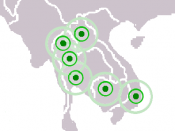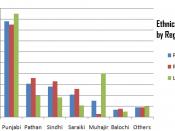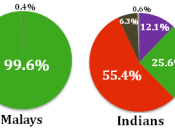(Suggest this is a new subject within Social Sciences, i.e. social research)
Ethnic groups are defined by the individuals who belong to them, and can be recognised and identified by people who don't belong to them (Roosens 1989:15-16). It has been argued that these groups are characterised by their perception of shared ancestry more than by actual shared beliefs or practices (Bauböck 1999:138). In many societies, one ethnic group is in the majority and one or more form minorities. This creates power imbalances between different ethnic groups (Bauböck 1999:143-4) which underpin all the challenges faced by researchers working with participants from different ethnic groups. Also, it is not possible to be sure that a research method which works well with one ethnic group will work well with another (Hannerz 1996:64). For example, a multiple-choice questionnaire in English which works well with native English speakers might not work so well with people whose first language is not English.
A researcher might try to circumvent this problem by giving non-native-English-speaking participants pictures to choose from, rather than phrases or sentences. However, there are also cultural conventions in art. For example, most young English people would recognise a cartoon drawing of a stunned person from stars drawn whirling around the head and curved lines by the legs to indicate a wobbling gait. However, young people from Africa may not recognise these conventions (Duncan et al, 1973, cited in Cox (in press)). Equally, many Western observers would not understand that in ancient Egyptian art a figure with feet apart depicts a live person, while one with feet together signifies that the person is dead (Cox (in press)). I will examine these kinds of challenge more closely in the contexts of ethnography in general and interviewing in particular.
Ethnography has been described as the 'original...


